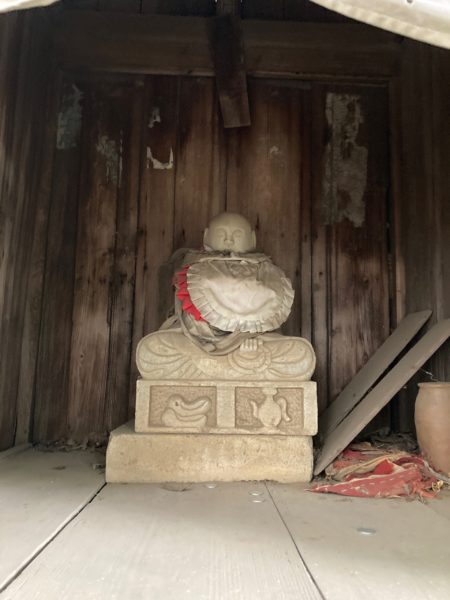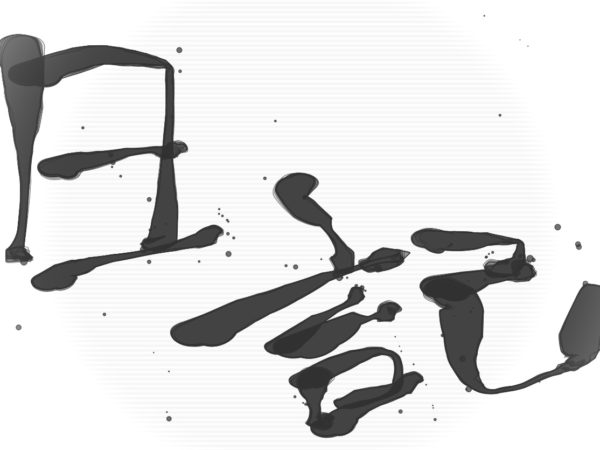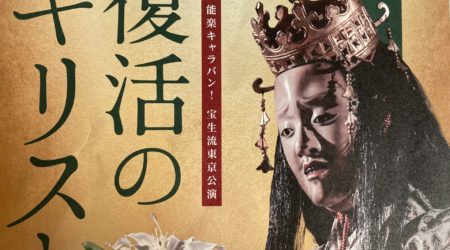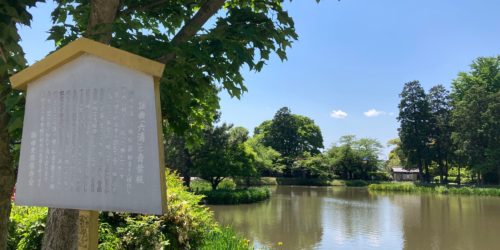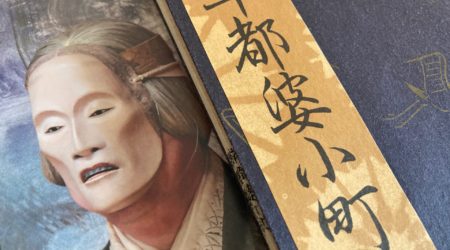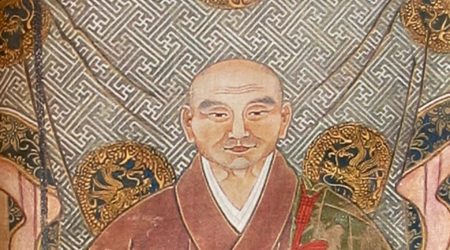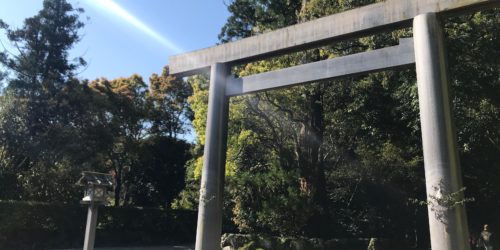“Jizo” provides a clue for understanding the old Japanese people’s view of religion
Stone statues in the shape of a Buddhist monk can be found in several places across Japan.
This kind of statue is called “Jizo”.
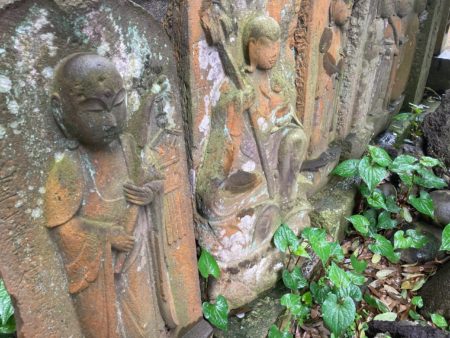
Most of them seem to have been made in the Edo period.
Nost modern Japanese people show no sign of interest in Jizo statues, or they may think that they are just old stones.
However, a Jizo statue contains a lot of deep meaning, and it shows us what our ancestors thought a long time ago.
I think that a Jizo statue provides a clue for understanding the old Japanese people’s view of religion.
What is a Jizo statue?
Jizo means a Buddhist guardian called “Jizo Bosatsu”.
The history of Jizo Bosatsu belief is very long and complicated, and in addition, it was syncretized with Doso-shin belief.
Doso-shin is a traveler’s guardian deity.
In the Edo period, Jizo Bosatsu belief was established as a folk belief.
It had been believed that Jizo Bosatsu sometimes transformed into a human shape and relieved people of their suffering.
For common people, Jizo Bosatsu was the Buddhist guardian that had a common touch.
Many Jizo statues were made during that period.
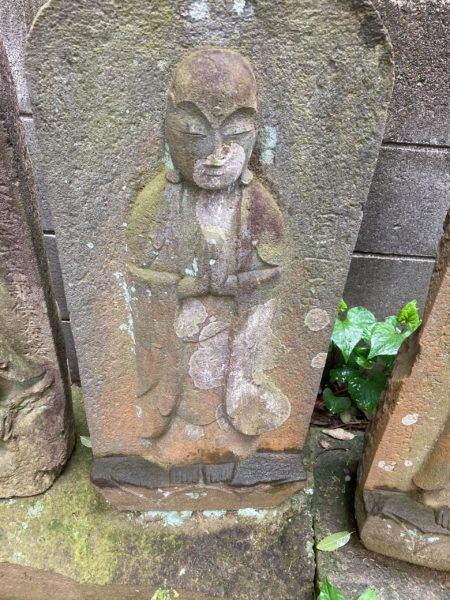
It shows people’s devotion for Jizo Bosatsu very well.
In the Edo period, most rural people never traveled outside of their hometowns.
Travelers or peddlers sometimes brought various epidemics to rural areas.
People at that time died of illness easily.
Rural people believed that these epidemics were the work of evil spirits.
Jizo statues were built at major roads as the talismans against evil spirits.
Devout people had high hopes for Jizo statues.
They had wholesome faith.
Today, technology and money are worshipped as a god in Japan.
The values of Japanese people have completely changed.
Maybe it couldn’t be avoided.
